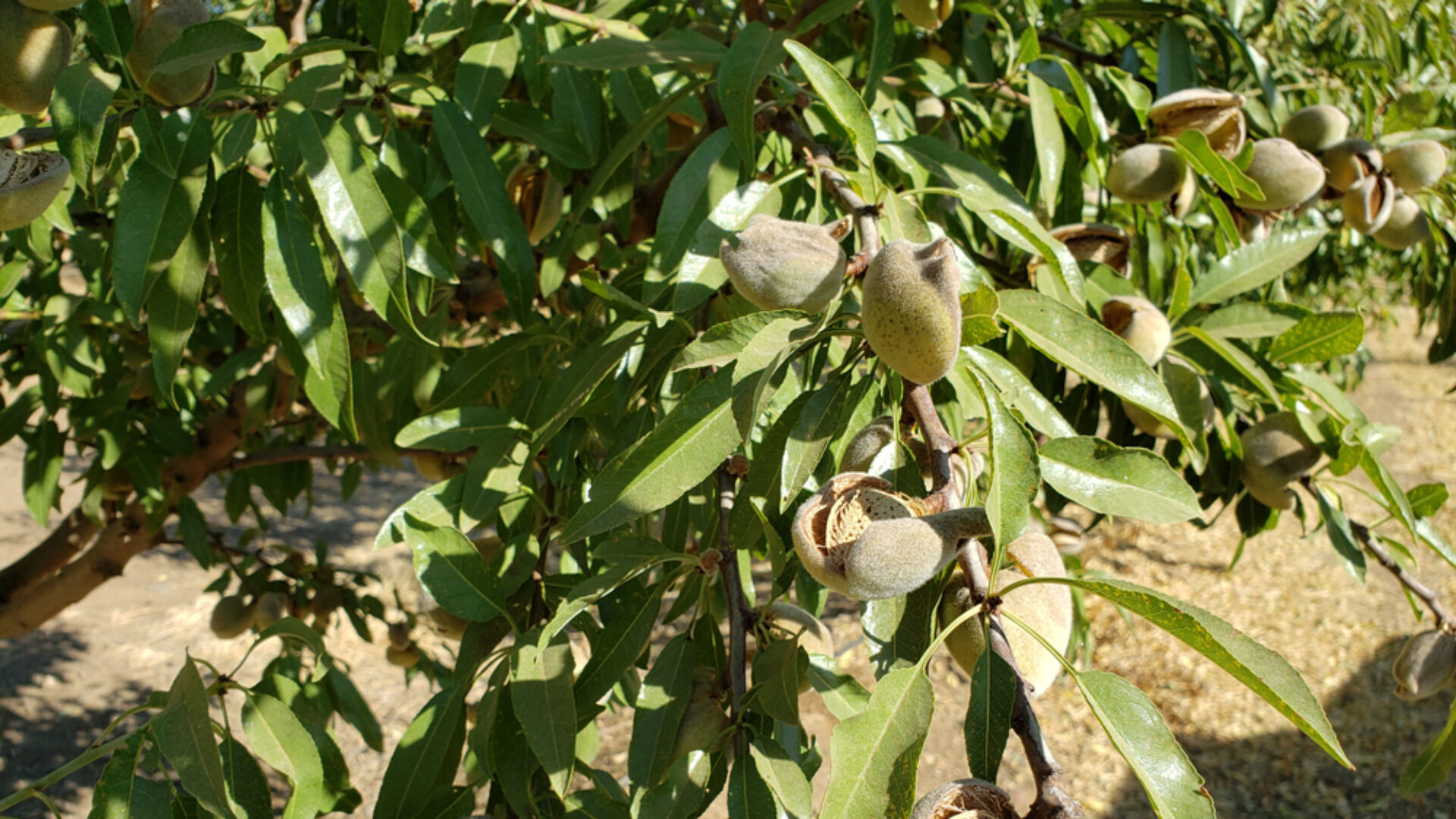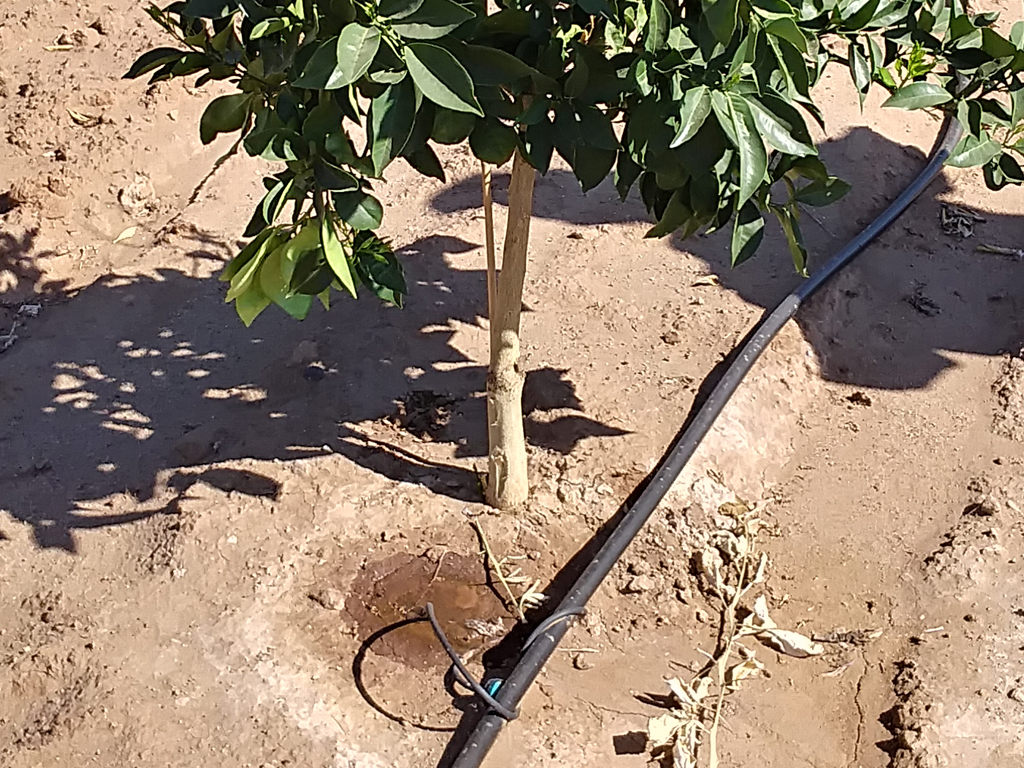Why DRI?
The difference is clearly visible
Deep Root Irrigation vs Surface Irrigation
Surface Irrigation
With other surface methods, the water is sprayed or dripped on top of the dirt, relying on gravity to take a portion of it down toward the roots. But much of that water is lost to run-off and evaporation before ever breaking the surface. The amount of water that does make it underground does not go very deep, forcing the development of an unstable, “pancake” root structure.
Tremendous waste. Shallow roots. Less control.
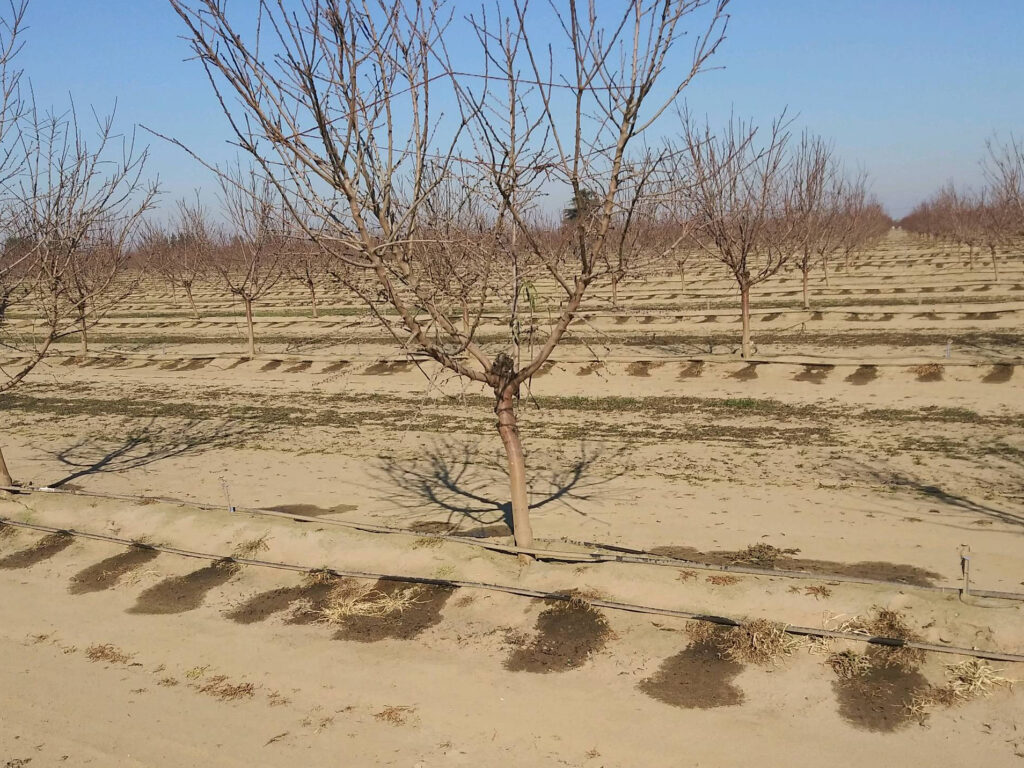
Below Ground: DRI
Even in the heaviest of soil, the Deep Root Irrigators are able to create a generous reserve of water deep below the surface. By pushing the water through the unit at a flow rate that is slightly faster than the absorption rate of the soil, the water molecules coming out of the DRI are also more likely to stay together longer, resulting in a bulb of saturation that is also available to the plant longer. The bulb can then be made larger or kept very small, at the discretion of the irrigation manager.
Deep water. Superior control. Greater staying power.
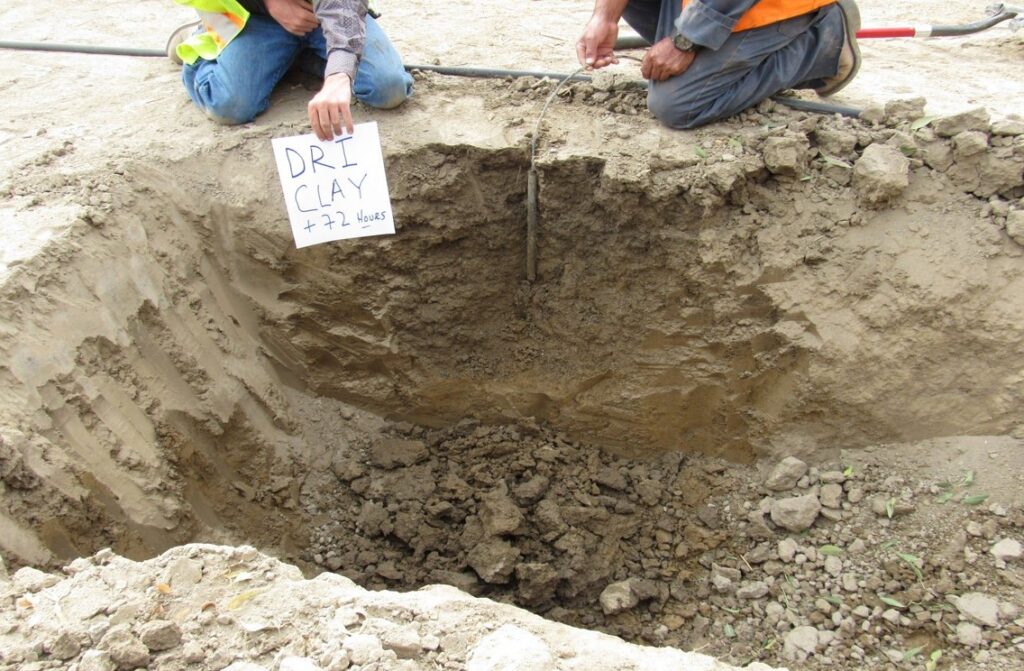
Surface Irrigation
Even in the lightest of soils, micro-sprinklers and drip emitters only saturate the first few inches below the surface. They offer no control over the rate at which the water ascends into the soil and therefore no control over the size or longevity of the wet pattern.
Shallow wet pattern. Less control. Dissipates more quickly.
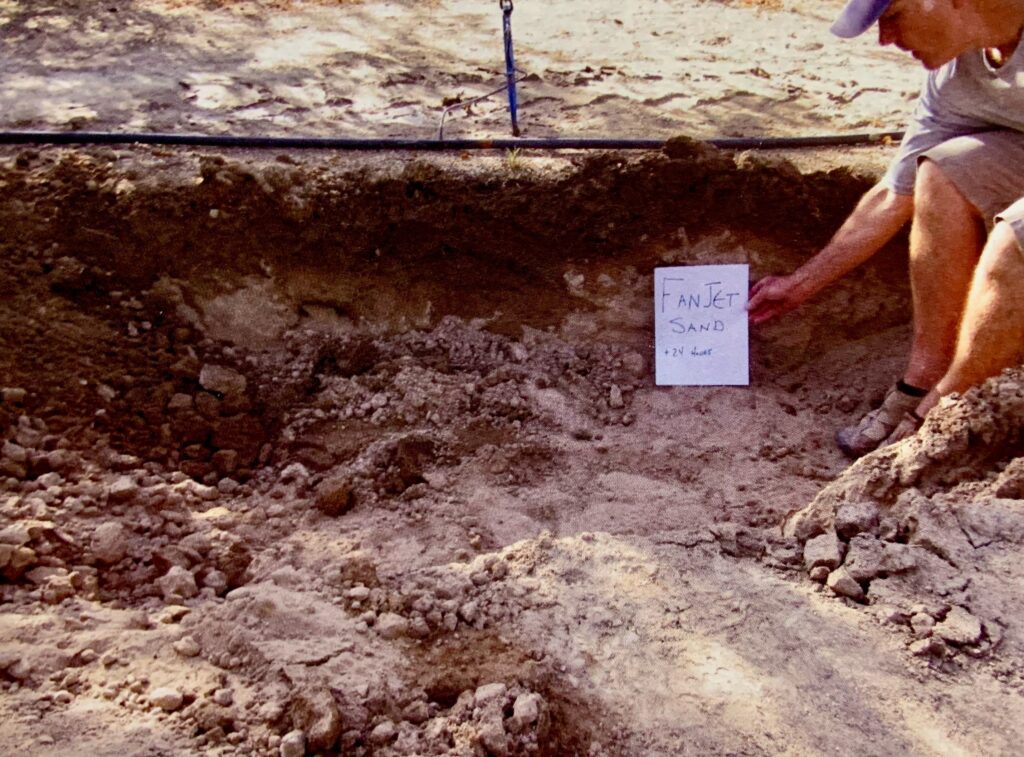
![]()
Wonder what the roots of a mature tree look like after living its life feeding on shallow water? Click here
The Roots : DRI
The job of the roots is to search out, absorb and transport water and minerals from the soil to the rest of the tree. When using DRI to irrigate, that water is deep and cool, encouraging vertical growth of roots and less stress on trees and vines in hot weather.
Roots also anchor the portion of the tree above ground. The Deep Root Irrigation system encourages deep, healthy tap roots for optimal plant health and stability.
Robust vertical tap roots. Less stress.
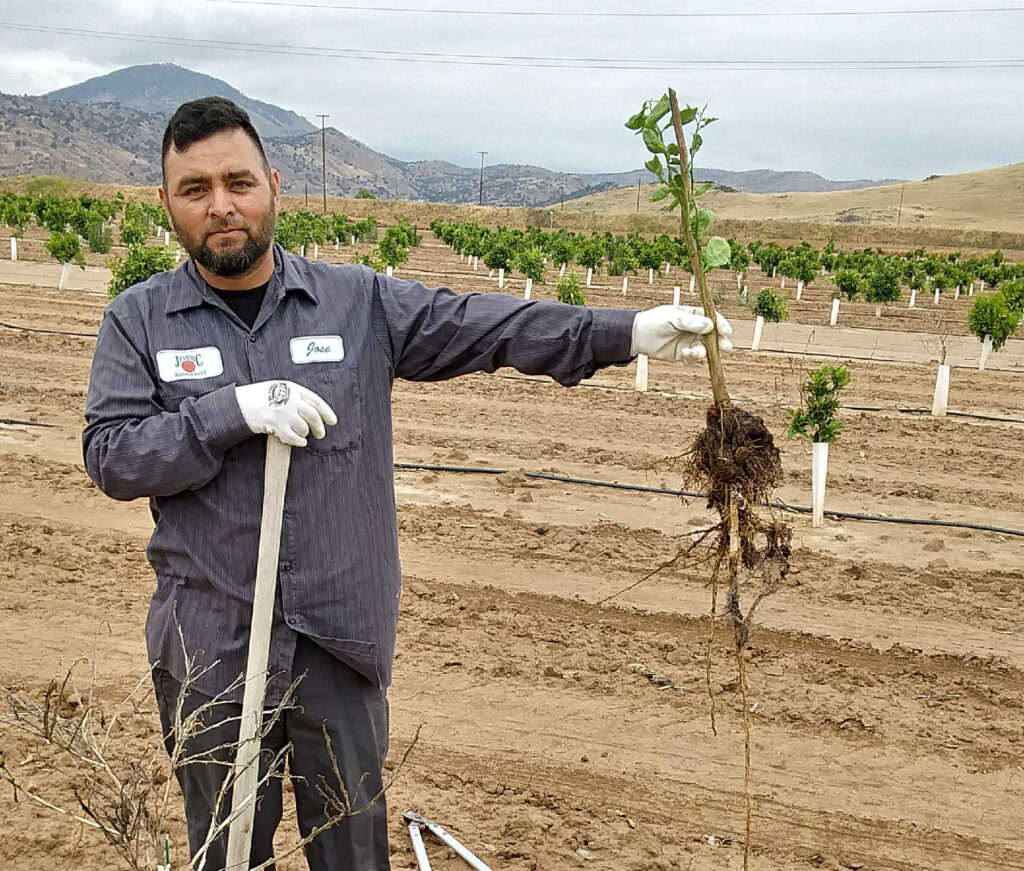
Surface Irrigation
Lateral root growth is the unfortunate consequence of many surface irrigation methods with inefficient water delivery systems. When most of the water remains spread out in the top few inches of the soil, so also, do the roots. Even tap roots, which should grow down deep into the soil, are coaxed into a horizontal orientation, leaving the plant vulnerable to wind and other weather events.
Horizontal roots. Less stable.
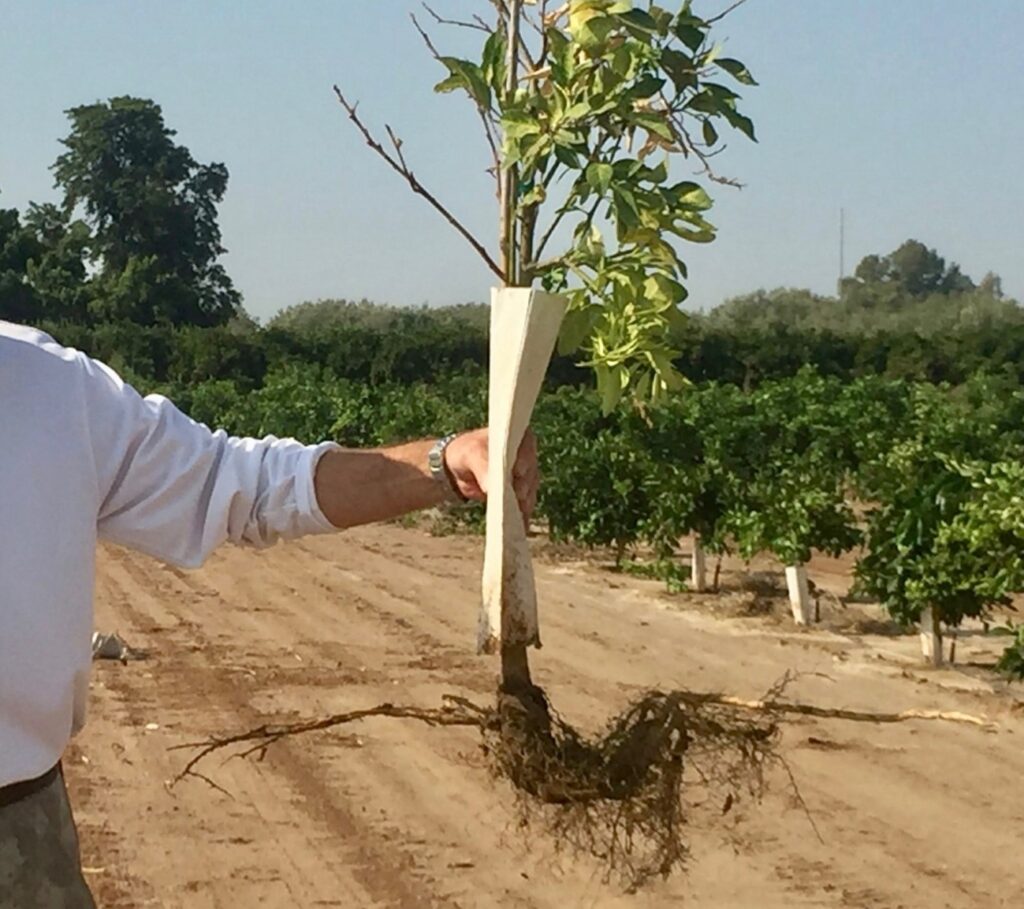
Professional Growers Services, LLC independent test using Sentek Drill and Drop soil moisture probes comparing DRI vs open drip emitters in the same vineyard location. In this test, Deep Root Irrigation achieved 50% soil saturation in half the time using 61.5% less water.
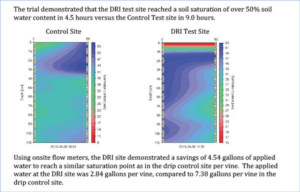
"It’s the shape of the wet pattern we create, the unprecedented efficiency with which we create it, and the longevity of the wet pattern in the ground, immune from evaporation. That and the unparalleled control that it gives the farmer are what set DRI apart from all other surface methods."

